Winners of the 2010 Australian National Architecture Awards
By Bustler Editors|
Friday, Oct 29, 2010
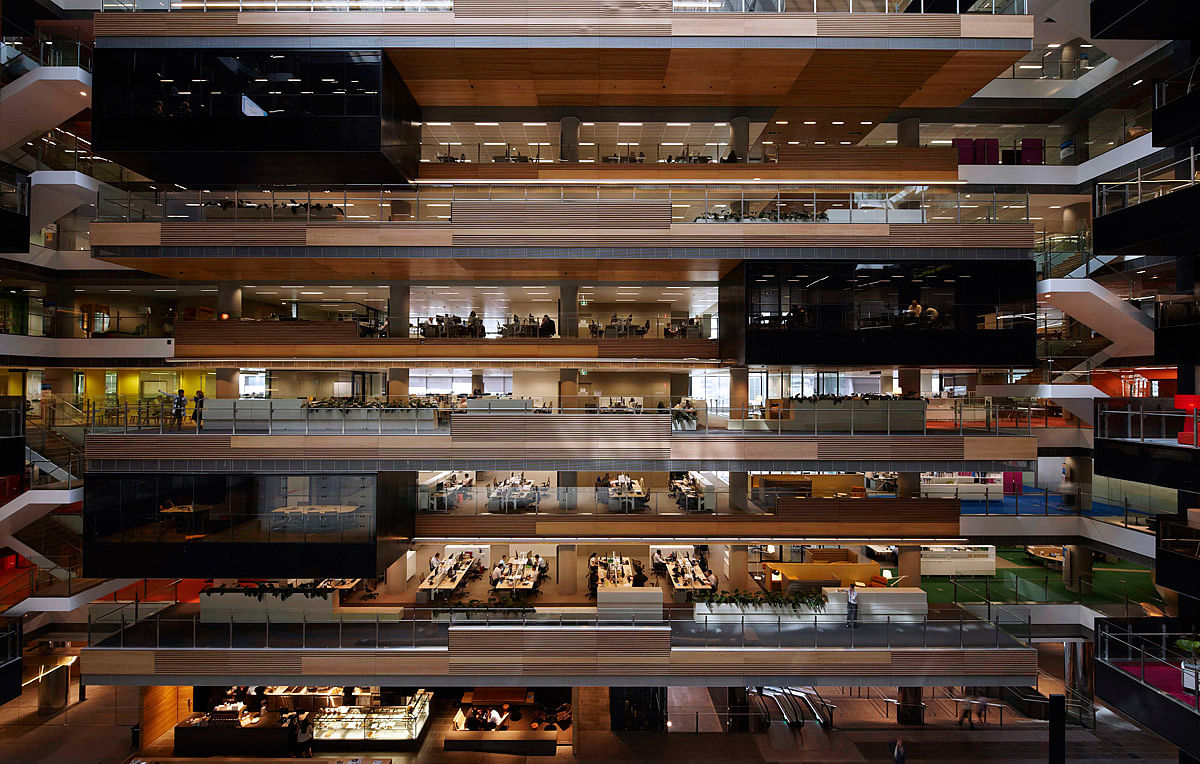
Related
Yesterday, the Australian Institute of Architects presented the winners of the National Architecture Awards. The 2010 awards were presented to Australia’s most inspiring recent architectural projects and architects, at a special ceremony last night in Australia's capital Canberra. A total 33 awards and commendations across 12 categories were awarded to projects in Queensland, NSW, Victoria, Tasmania, South Australia, and offshore in Singapore, Thailand, Japan, Tanzania, Indonesia and India. 2010 marks the 30th birthday for the national awards, introduced in 1961.
Presenting the awards, Jury Chair Melinda Dodson said: “It’s a contradictory time for architecture – we’ve had economic buoyancy followed by economic downturn. As architects we’re part of a carbon emitting industry, so it’s natural that the jury reflected on the future, applied the 'enduring architecture' test, and the essential test of sustainability. We were heartened by the many instances of architects demonstrating leadership, advocacy and innovation. Projects where a positive transformative act had occurred, resulting in new ideas for the profession and for the community about architecture; architects doing ordinary things in extraordinary ways. Often leadership and perseverance was matched by the client.”

The 2010 Sir Zelman Cowen Award for Public Architecture was a clear demonstration of this – being awarded this year to the Epping to Chatswood Rail Link, Intermediate Stations in Sydney by national practice HASSELL. In a triple win for the firm, HASSELL also received the Emil Sodersten Award for Interior Architecture for the ANZ Centre in Melbourne, and a National Commendation for Urban Design for the Adelaide Zoo Entrance Precinct in Adelaide.
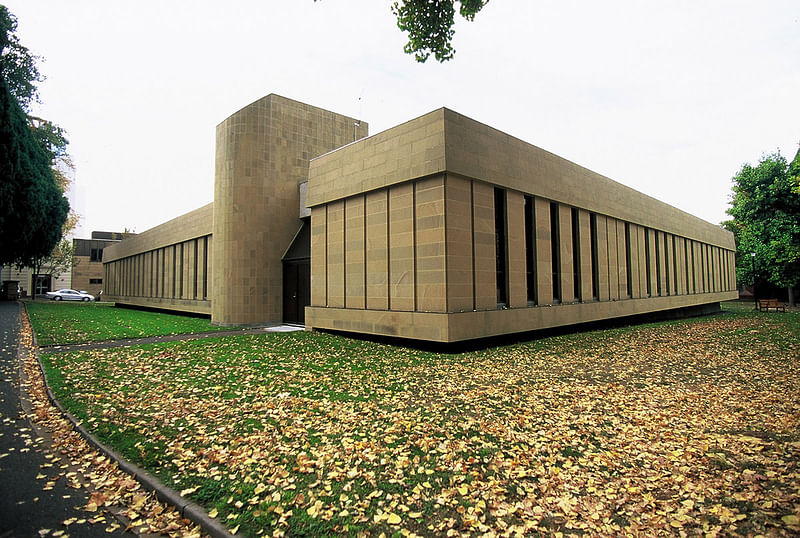
Ms Dodson said the Intermediate Stations represented “a genuine evolutionary and visionary approach to station management and work environments. This all contributes to a project of unique competence and beauty that derives its architecture through common sense with sensitive design decisions”. Access elements “appear as sculptures within a space which is free of ornamentation, beautifully ordered and reliant only on light and people to colour the architecture”.
Ms Dodson said “while the 2009 jury worried about a lack of expenditure on public urban design projects, in 2010 the opposite was true”. “Most notably, Mayor Clover Moore and the City of Sydney have demonstrated a commitment to the public realm with the Pirrama Park and Paddington Reservoir Gardens projects”.
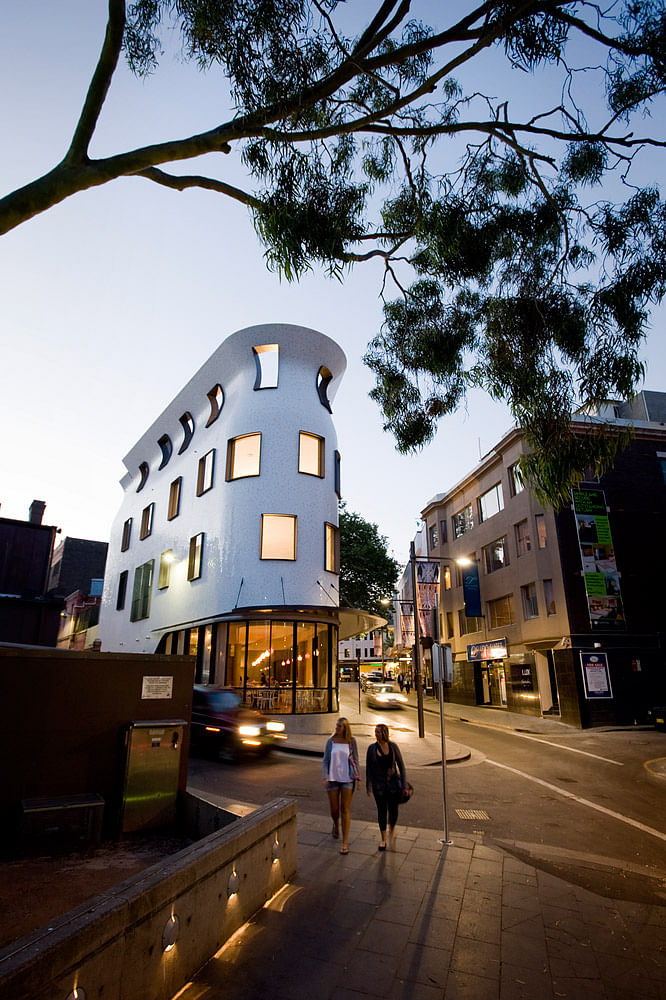
As a result, the City of Sydney and Australian public emerged as this year’s big winners, with five projects commissioned by the council picking up major awards. Surry Hills Library and Community Centre in Sydney by Francis-Jones Morehen Thorp (fjmt) received a National Award for Public Architecture and a National Award for Sustainable Architecture.
The much used and enjoyed Pirrama Park at Pyrmont Hill by Thalis Architecture + Urban Projects/Aspect Studios/CAB received the Walter Burley Griffin Award for Urban Design, while the equally well-frequented Paddington Reservoir Gardens by Tonkin Zulaikha Greer with JMD Design and the City of Sydney received a National Award for Urban Design and National Award for Heritage.
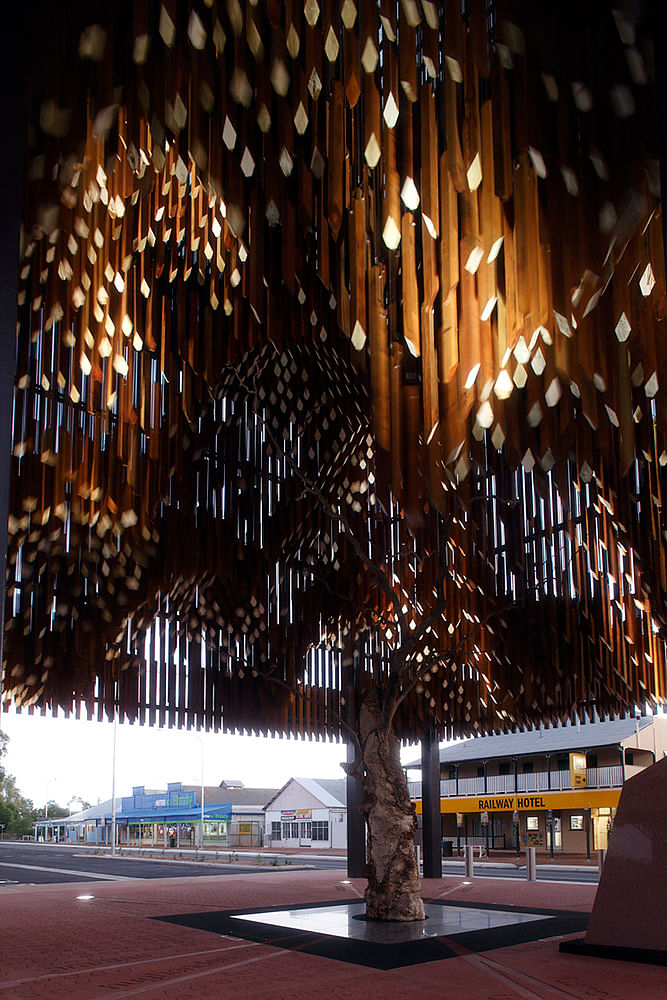
The jury noted that in “a city a city enamoured with its harbour image Sydney has surprisingly few places where you can dangle your feet in the water”, with Pirrama Park now being one of those”. They said: “This is a great public place because it respects the past without treating it as a museum artefact; it has spatial, material and planting variety; and it offers a model for the future redevelopment of the harbour foreshore. That industrial heritage is a useful part of the urban realm is a point of some contention in cities across the globe. In the context of this debate Pirrama Park is a provocation – articulating the way the less picturesque, gritty aspects of the past can make a powerful contribution to the life of our cities.”

Australia’s top award for international architecture, the Jørn Utzøn Award for International Architecture, was awarded to a revolutionary, naturally ventilated 66-storey apartment building in Bangkok, The Met, by Singapore-based practice WOHA. While the jury noted the particular strength of this year’s International Award entrants from around the world, they said The Met represented “major advances towards a possible future vision of ecologically responsible highly dense urban housing”. In total six projects received Awards and Commendations, including an orphanage in Tanzania, and “extraordinary” house for one of the world’s top designers in Japan.

The prestigious Lachlan Macquarie Award for Heritage was this year awarded to a regional project of national significance described by the jury as this year’s “most powerful story of collaboration, leadership and perseverance between client and architect” – the Barcaldine Tree of Knowledge Memorial by Brian Hooper Architect and m3architecture – Architects in Association. The now-dead and memorialised ghost gum in the main street of Barcaldine is of national importance as the shelter under which striking shearers met 120 years ago, giving rise to the formation of the ALP.

The jury said: “This remarkable structure may not have existed and the tree lost if not for the compelling architectural vision, the intelligence and tenacity of the architects and the great collaborative relationship with Barcaldine Mayor Rob Chandler who supported, promoted, and carried this project through many difficulties.”

An exemplary new commercial building in the heart of Kings Cross described by the jury as both a “placemaker” for the public and workplace communities - 5-9 Roslyn Street in Kings Cross by Durbach Block Architects – was awarded this year’s top Harry Seidler Award for Commercial Architecture. The jury said the building has “a particularly human quality” and they had “a strong sense that this building would adapt and change gracefully to changes in commercial use over time – a mark of an exemplar commercial building”.
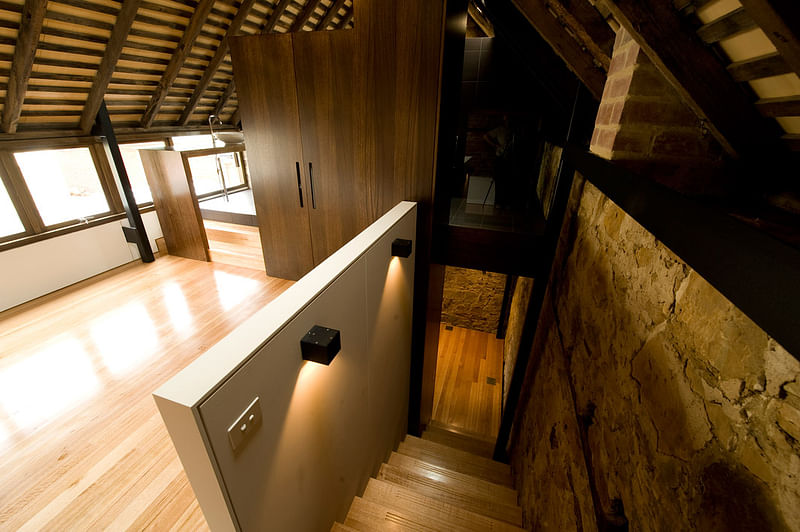
For the first time in the history of the national awards, Australia’s most prestigious residential award – the Robin Boyd Award for Residential Architecture - Houses, was presented to a Tasmanian practice and house - the Trial Bay House by Hobart practice HBV Architects. The jury said: “An exceptional house may be one with such calmness and serenity that it is hard to leave. The remodelling and additions to the Trial Bay House have created such a house.”
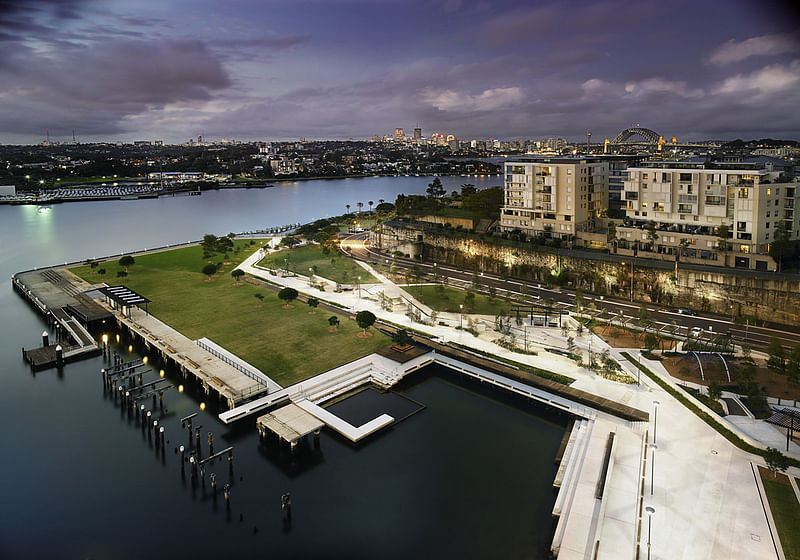
The Frederick Romberg Award for Residential Architecture - Multiple Housing was presented to Brisbane-based practice Donovan Hill for the Seaspray Resort and Spa at Zilzie in Queensland. The practice also picked up a National Award for Residential Architecture – Houses for their Z House in Brisbane.
A little known treasure, the Supreme Court Complex in Hobart by the Department of Public Works/Peter Partridge is this year’s recipient of the 25 Year Award for Enduring Architecture. The jury said: “This building is an exemplary, enduring piece of public architecture that makes a poised, urban contribution to the city of Hobart. The complex is in remarkably original order because of the skill with which it was designed. Here is a reminder that investment in public architecture has a lasting effect on the city.”

In a third win for Tasmania, a National Award for Small Project Architecture was presented to the Strangio House by Maria Gigney Architects, with the jury saying: “The creative and sensitive conversion of a 170 year old stone barn into a compact but exciting contemporary residence is a superb example of how to reuse old building stock”.
The Colorbond® Award for Steel Architecture was presented to Wood/Marsh Pty Ltd for the Australian Expo Pavilion in China, with the jury saying “this is a building that is about and from Australia”. They added: “It is like a great big piece of the Australian landscape transplanted in the fairgrounds.”

Share
0 Comments
Comment as :